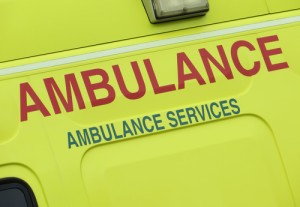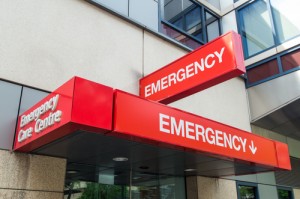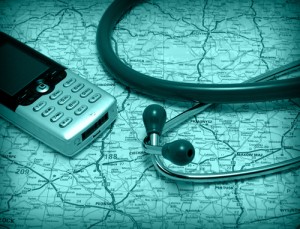
The National Ambulance Commissioners Network have published a briefing on Good Practice in Ambulance Commissioning. The briefing contains seven case studies relating to emergency ambulance services. It also summarises some of the key areas commissioners should focus on.
The case studies include an introduction of a mental health triage scheme, a paramedic pathfinder tool, a falls partnership service and integrated working with GPs, the fire service and community first responders.
Commissioners were realising that the services they commission in community care were being bypassed by 999 calls. Each of the case studies has reportedly resulted in one or more of the following outcomes:
- Reducing inappropriate A&E attendances
- Improved care and outcomes for patients
- Reduced detentions under the mental health act
- Reduced inpatient bed days
- An increase in patients treated out of hospital and closer to home

Commissioners were realising that the services they commission in community care were being bypassed by 999 calls
Conclusions
Commissioners are helping to transform emergency care and improve patient outcomes by working in partnership with providers of ambulance services and an integrated approach with other providers.
The key areas to focus on when commissioning ambulance services are:
- Work collaboratively across health economies, bringing together organisations and staff groups who may not have previously worked closely together
- Support paramedics in deciding where care is best provided for a specific patient- this might involve commissioning greater input from GPs and other clinicians
- Commission services based on the needs of a local population – an out-of-hospital falls service could be particularly helpful, for example, in an area with an older population
Commentary
The briefing does not specifically provide guidance or policy. The case studies relate to emergency ambulance services and do not cover patient transport services. Each case study provides some outcomes although not all of these are backed up with data. There is a contact name and organisation for each case study but no email address or phone number.
The case studies would be useful to clinical commissioning groups to see good practice examples from other areas and what approaches other commissioners have taken. Ambulance services are under pressure from high demand particularly during the winter months due to financial constraints and a growing and ageing population. Ambulance services are now seen as playing a vital part in delivering care closer to home, improving patient experience and reducing pressure on the health and social care system as a whole. It is no longer simply a means of transporting patients.
The authors ask for more case studies so hopefully this document will be updated over time with more and case studies.

Commissioners are helping to transform emergency care and improve patient outcomes by working in partnership
Link
Hawkard J. (2015) Good practice in ambulance commissioning. NHS Clinical Commissioners.


@CommissionElf Working in partnership and integration in #NHS sounds a no-brainer so why don’t more do it but practicalities challenging.
Case studies showing successful partnership working between commissioners and providers https://t.co/pr5Tt0nZ0y via @sharethis
Ambulance services are now seen as playing a vital part in delivering care closer to home, says briefing http://t.co/GADNu3w618
NHS Clinical Commissioners present case studies showing successful partnership working between commissioners and… http://t.co/SVtbljdJ4A
NHS Clinical Commissioners present case studies showing successful partnership between commissioners and providers http://t.co/GADNu3w618
Ambulance services are no longer simply a means of transporting patients, observes briefing http://t.co/GADNu3w618
Commissioners are helping to transform emergency care and improve patient outcomes via partnership, says briefing http://t.co/GADNu3w618